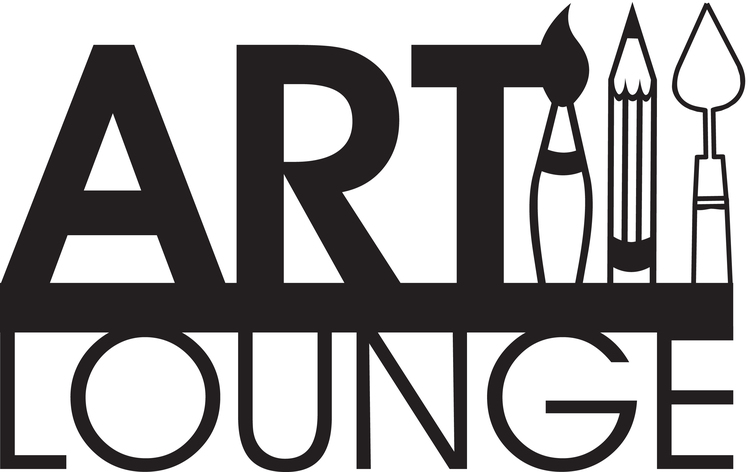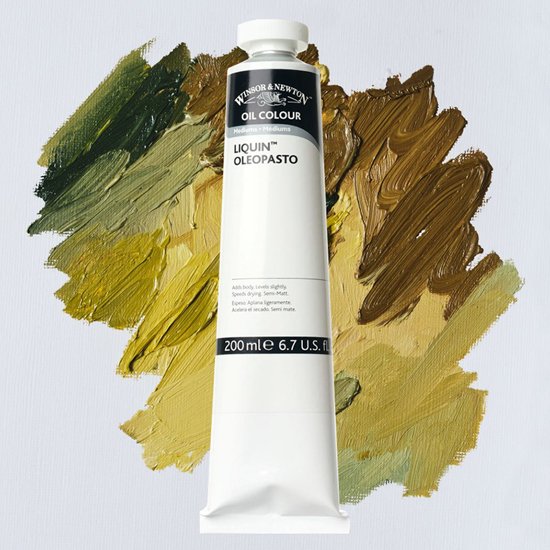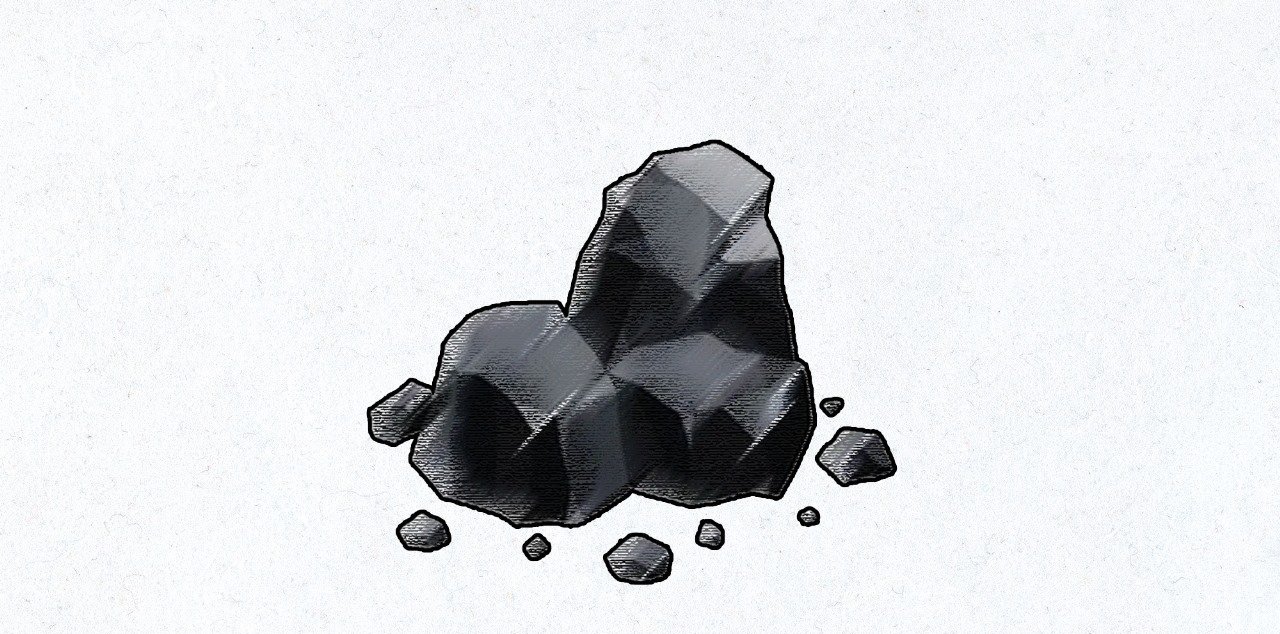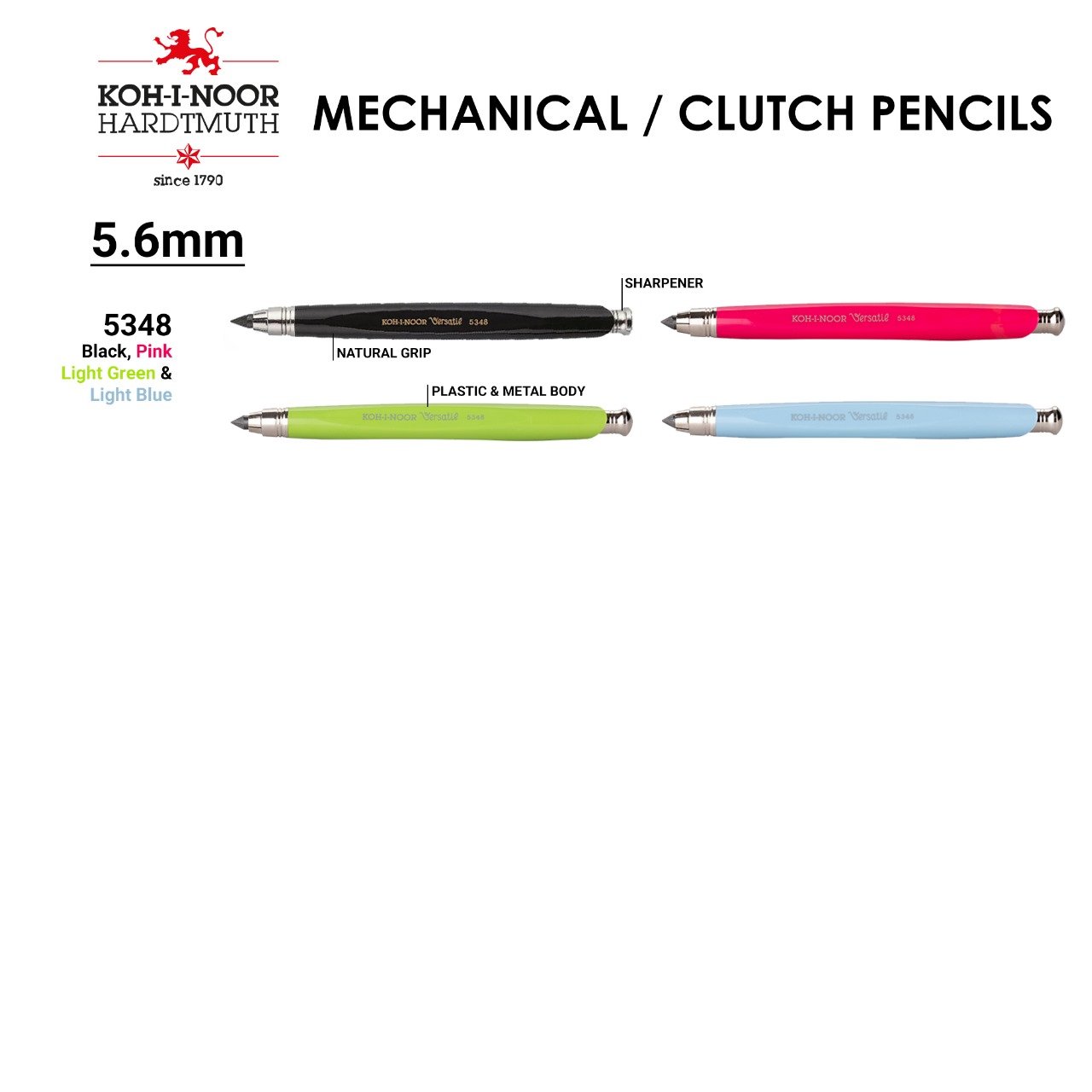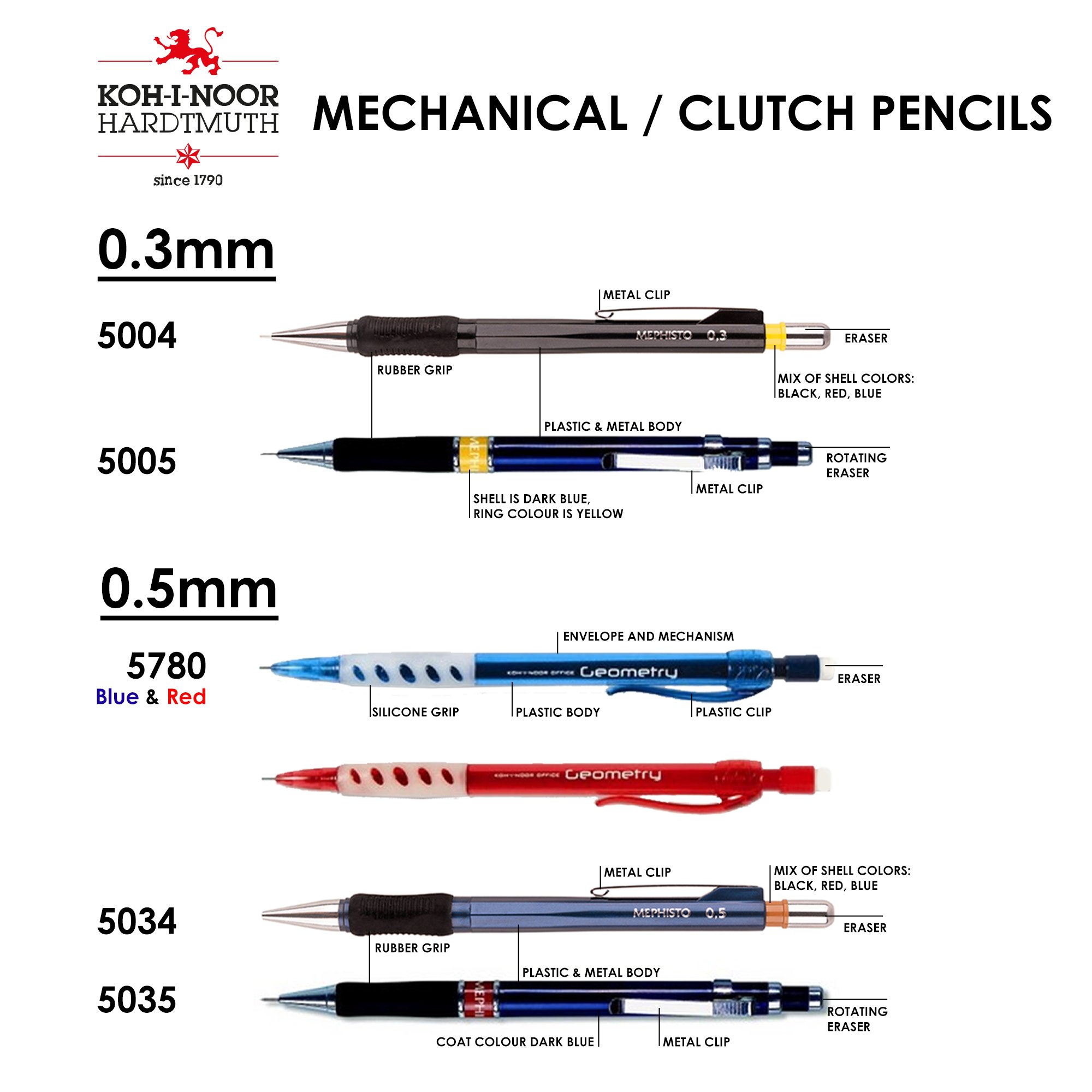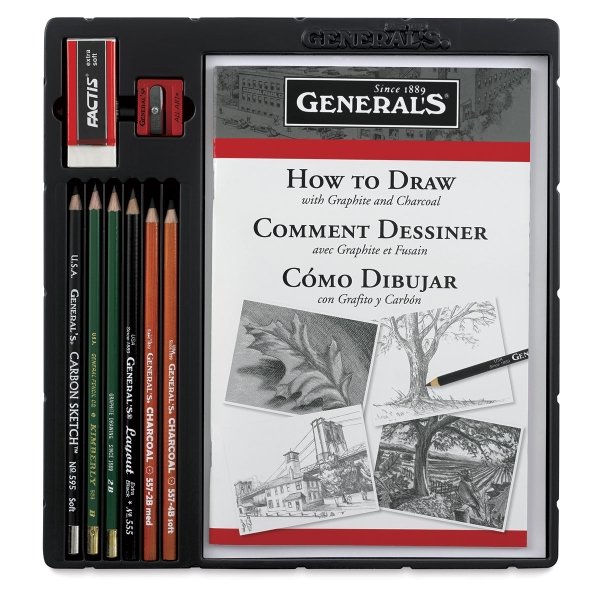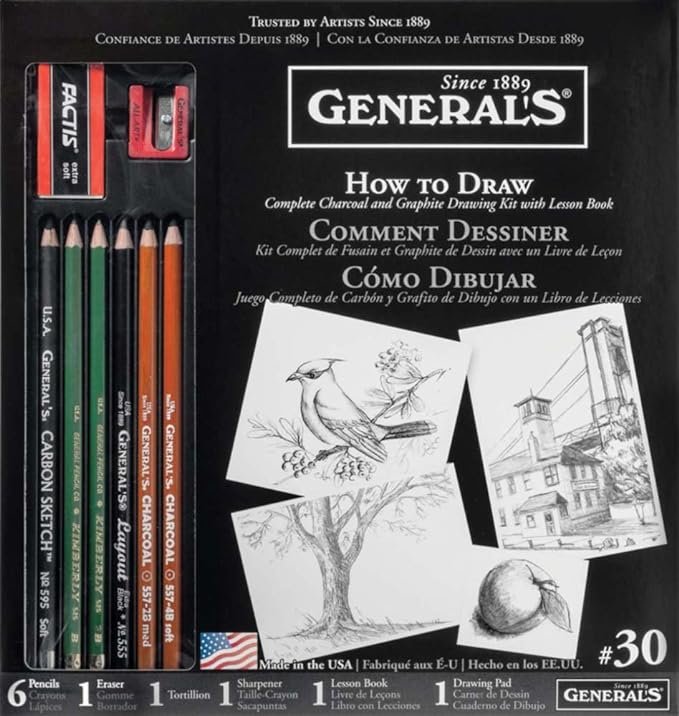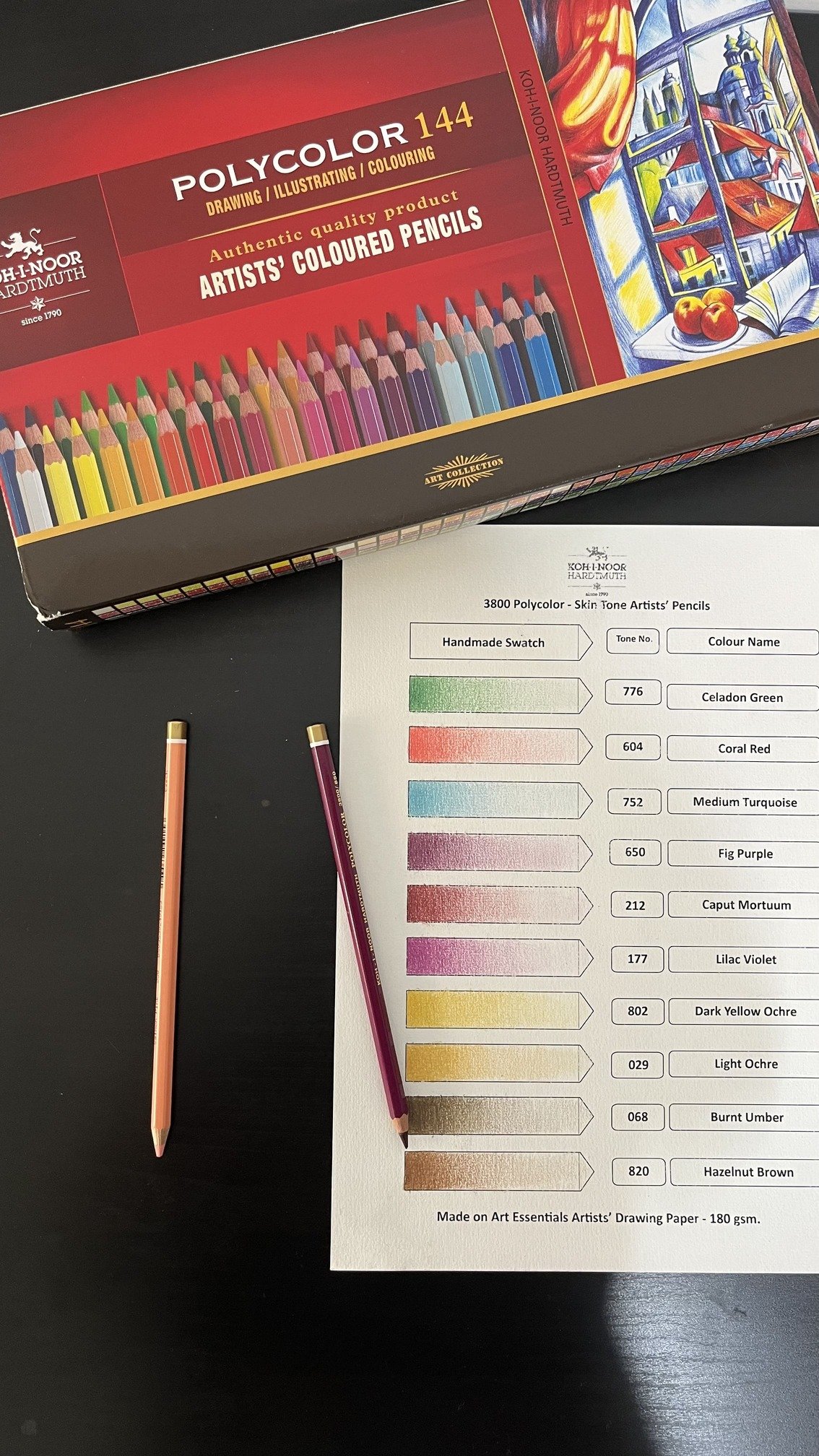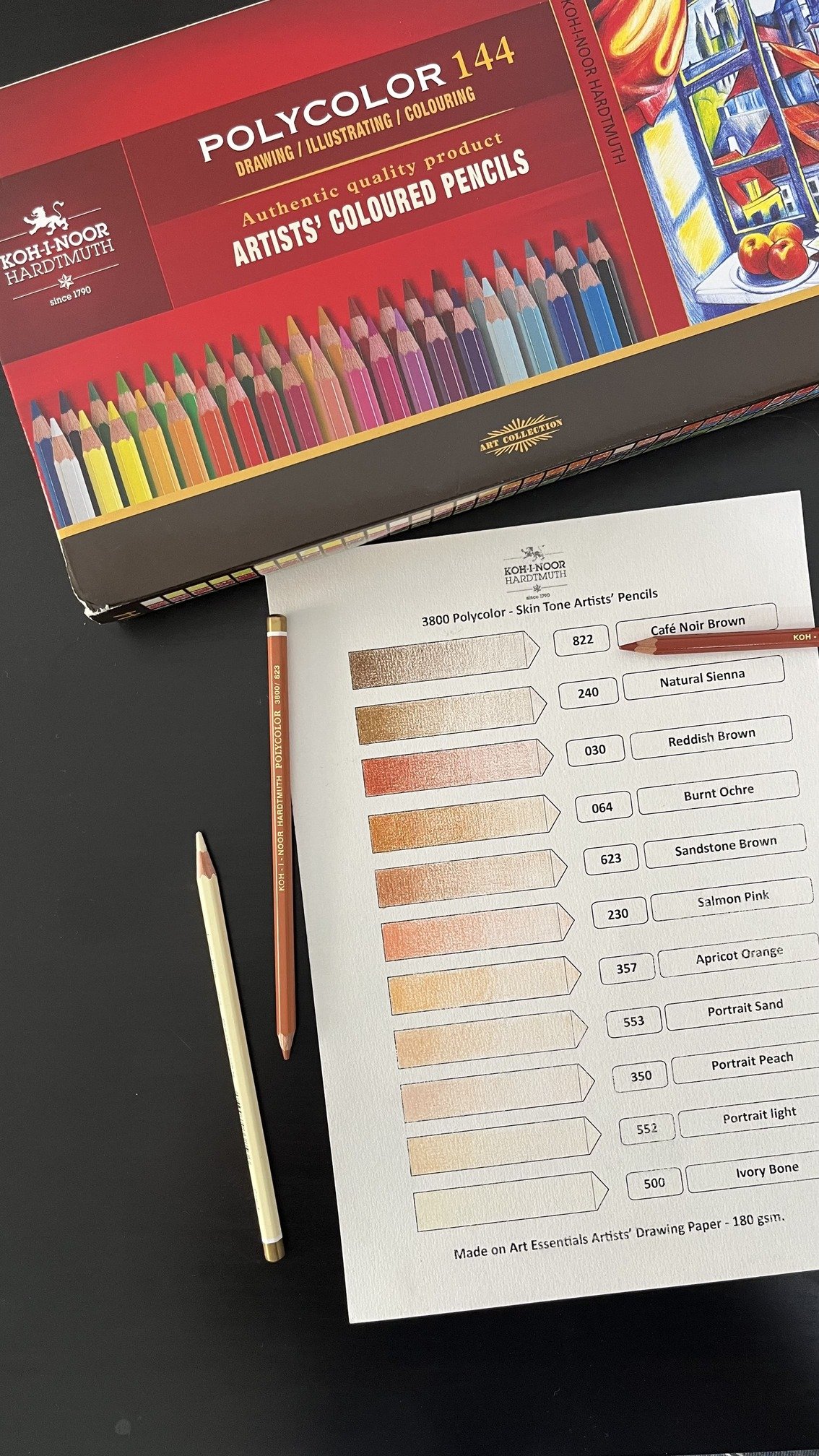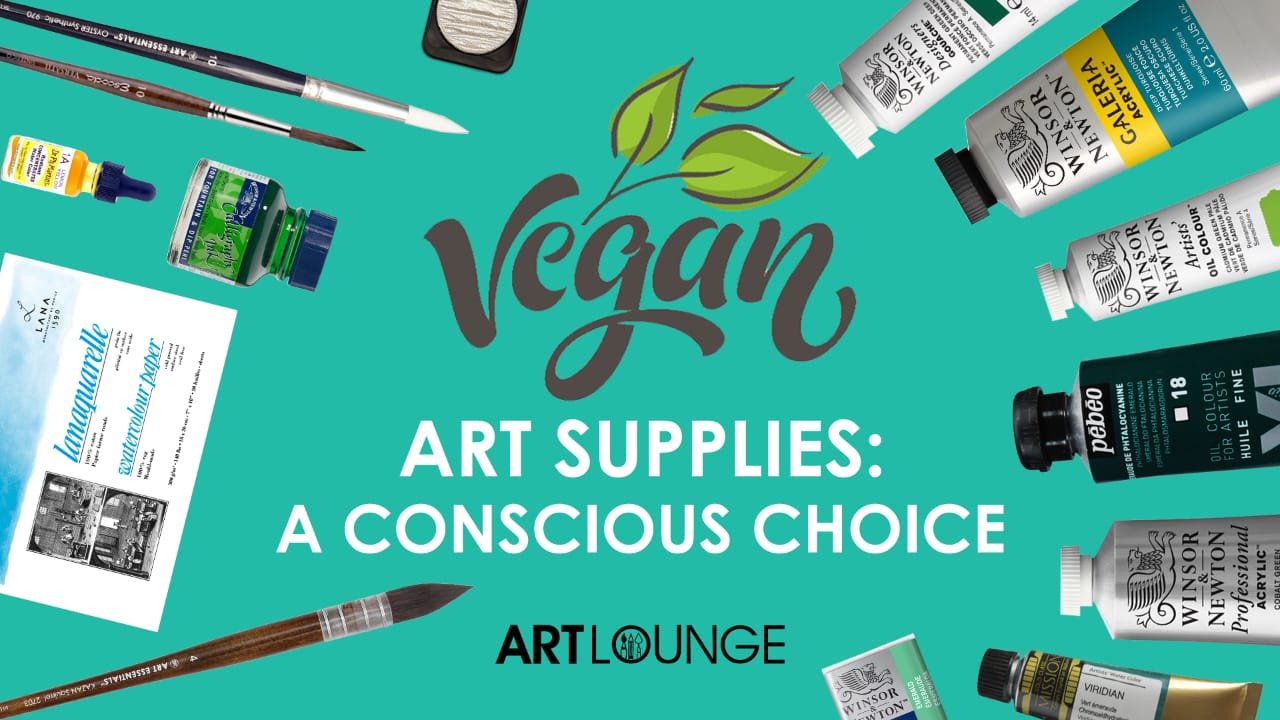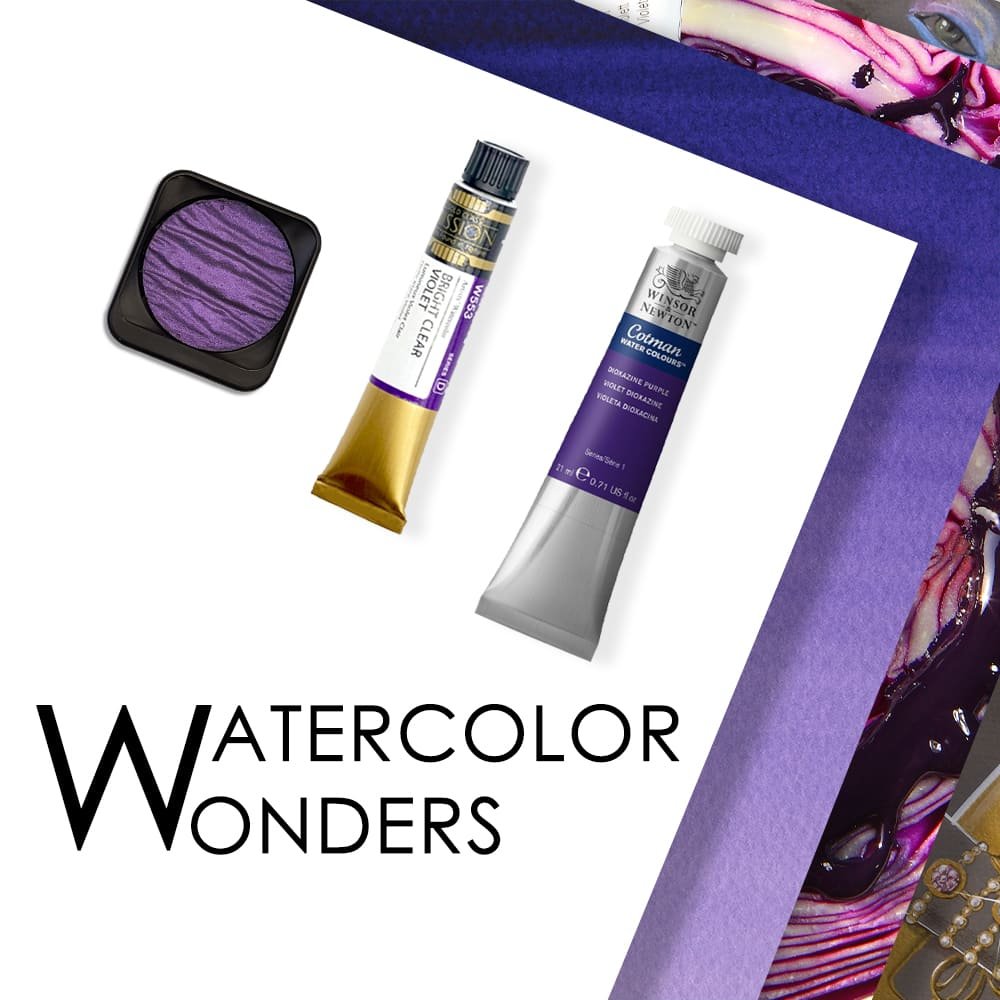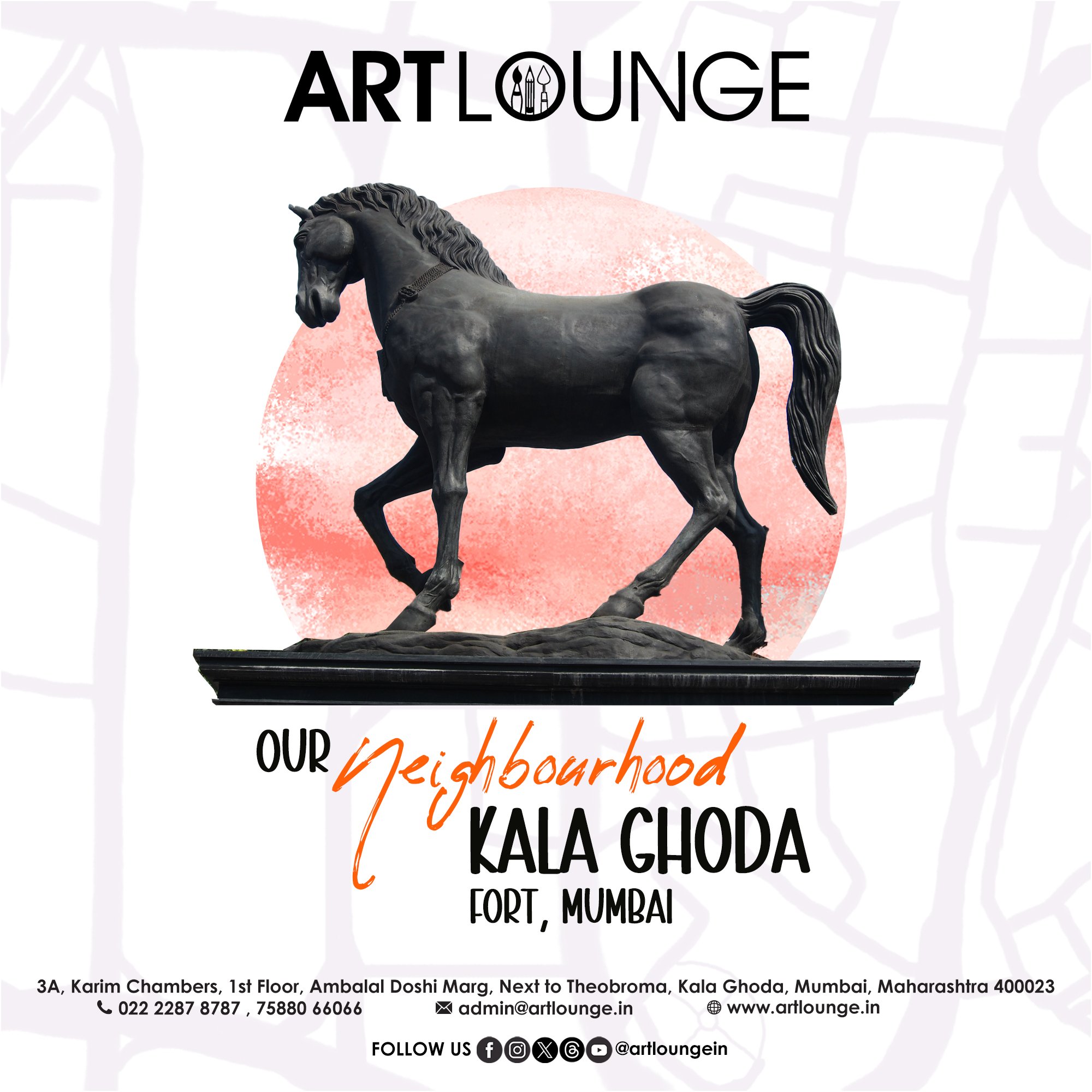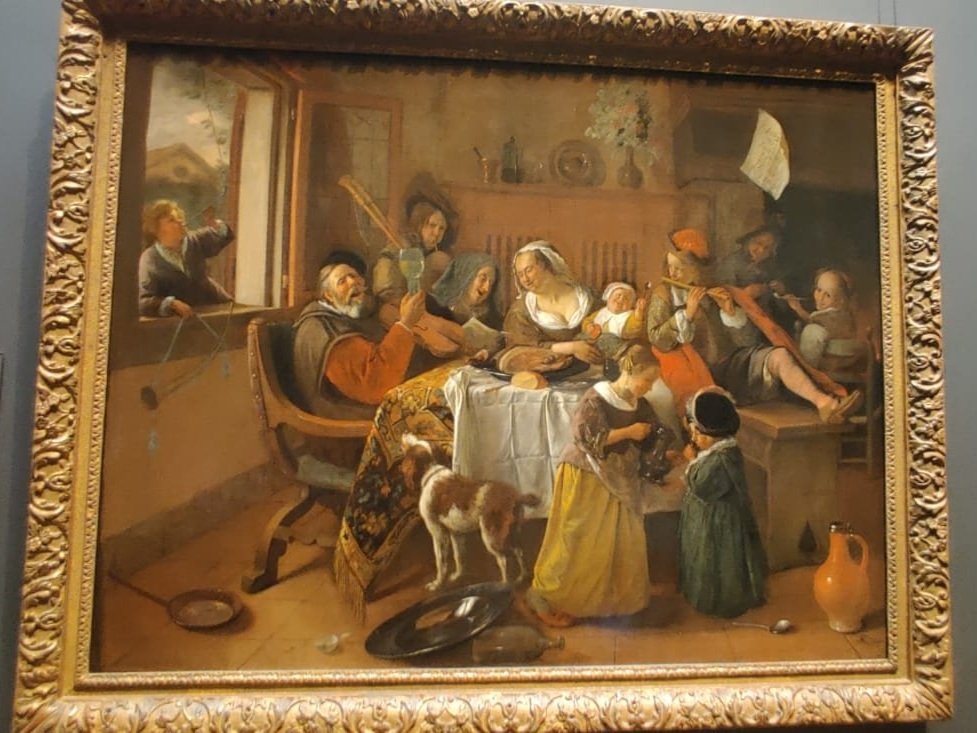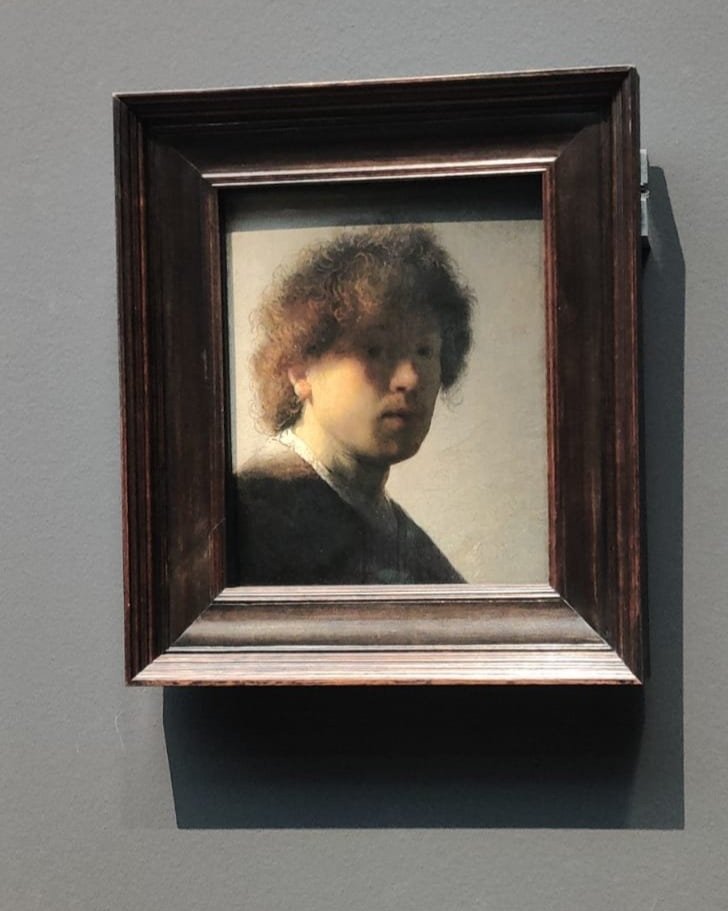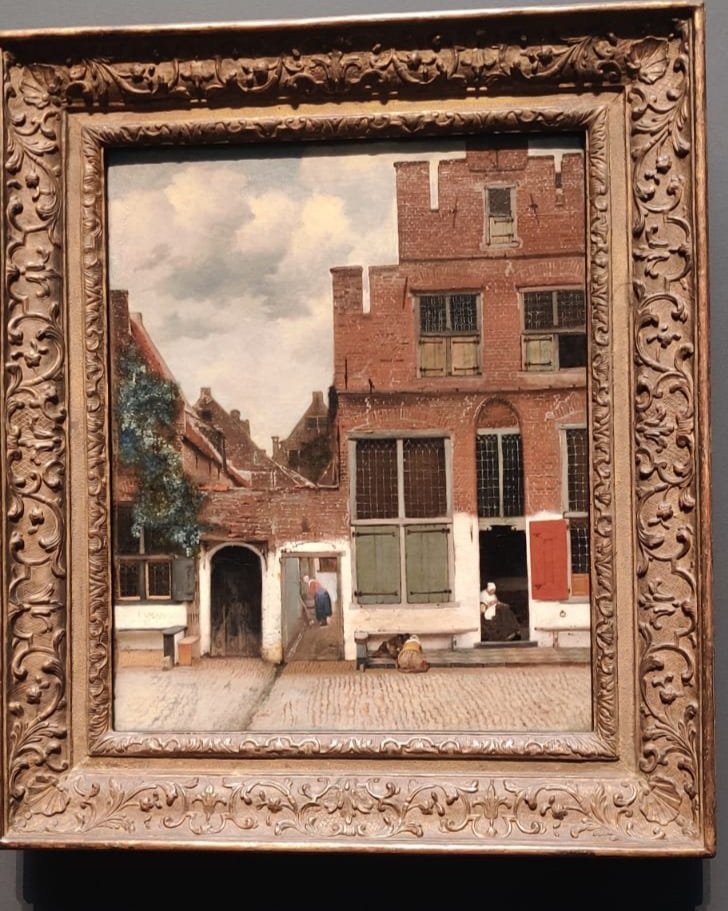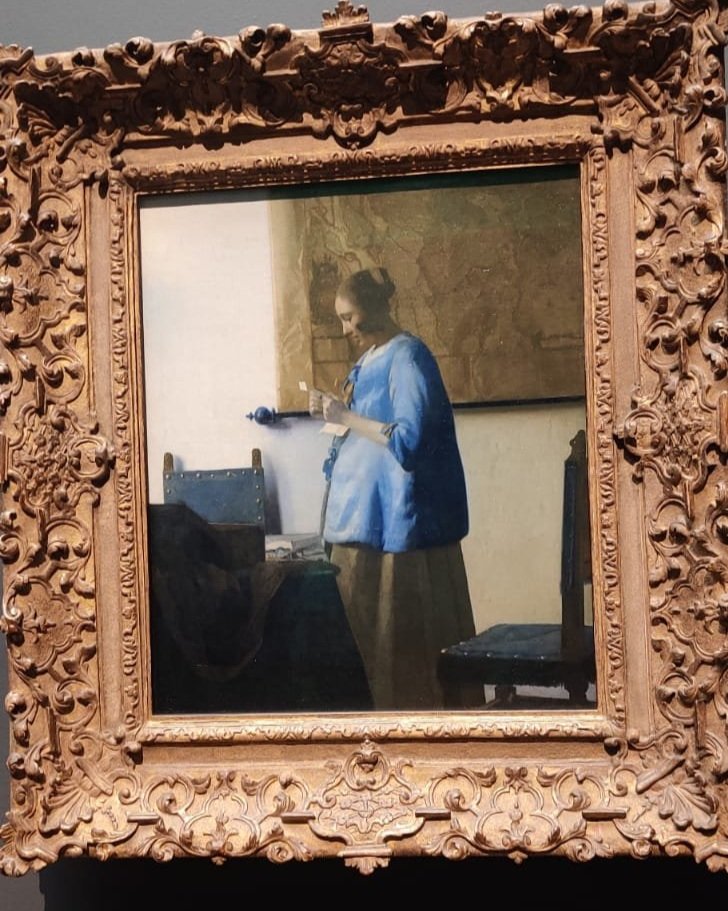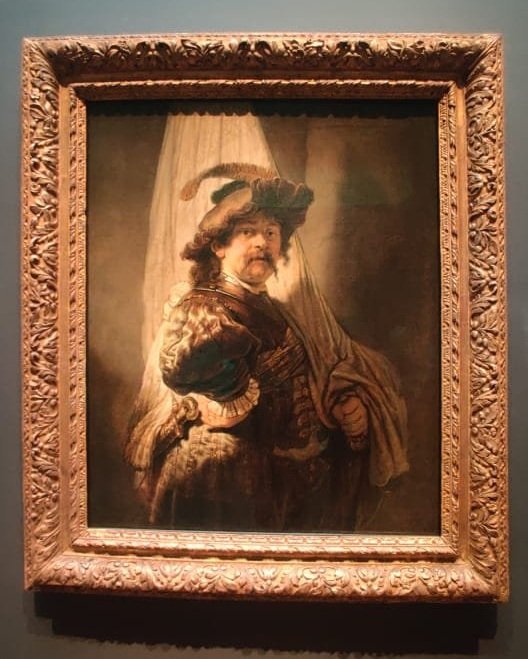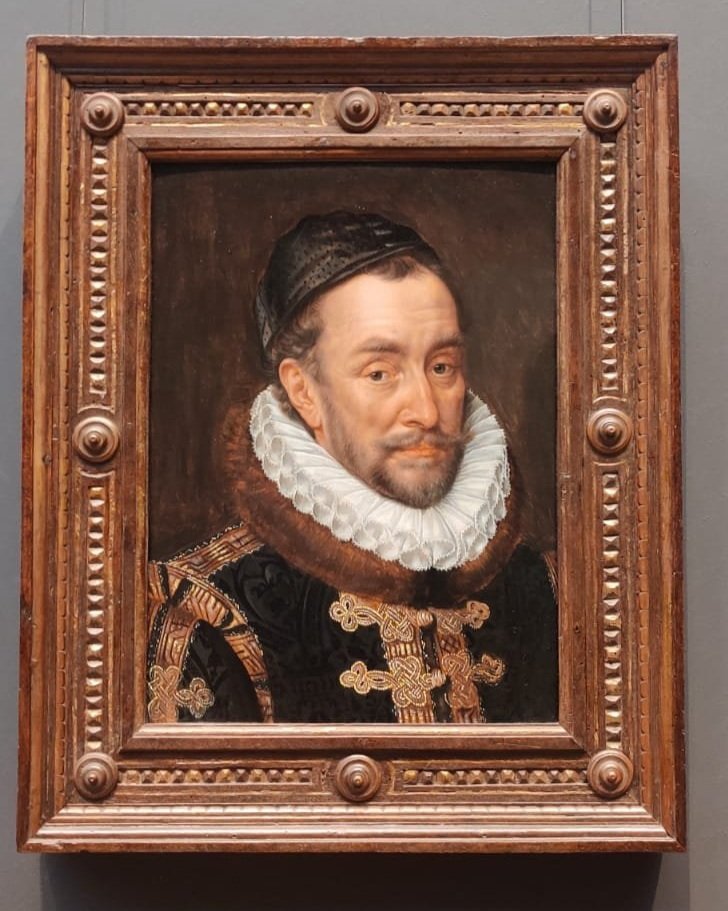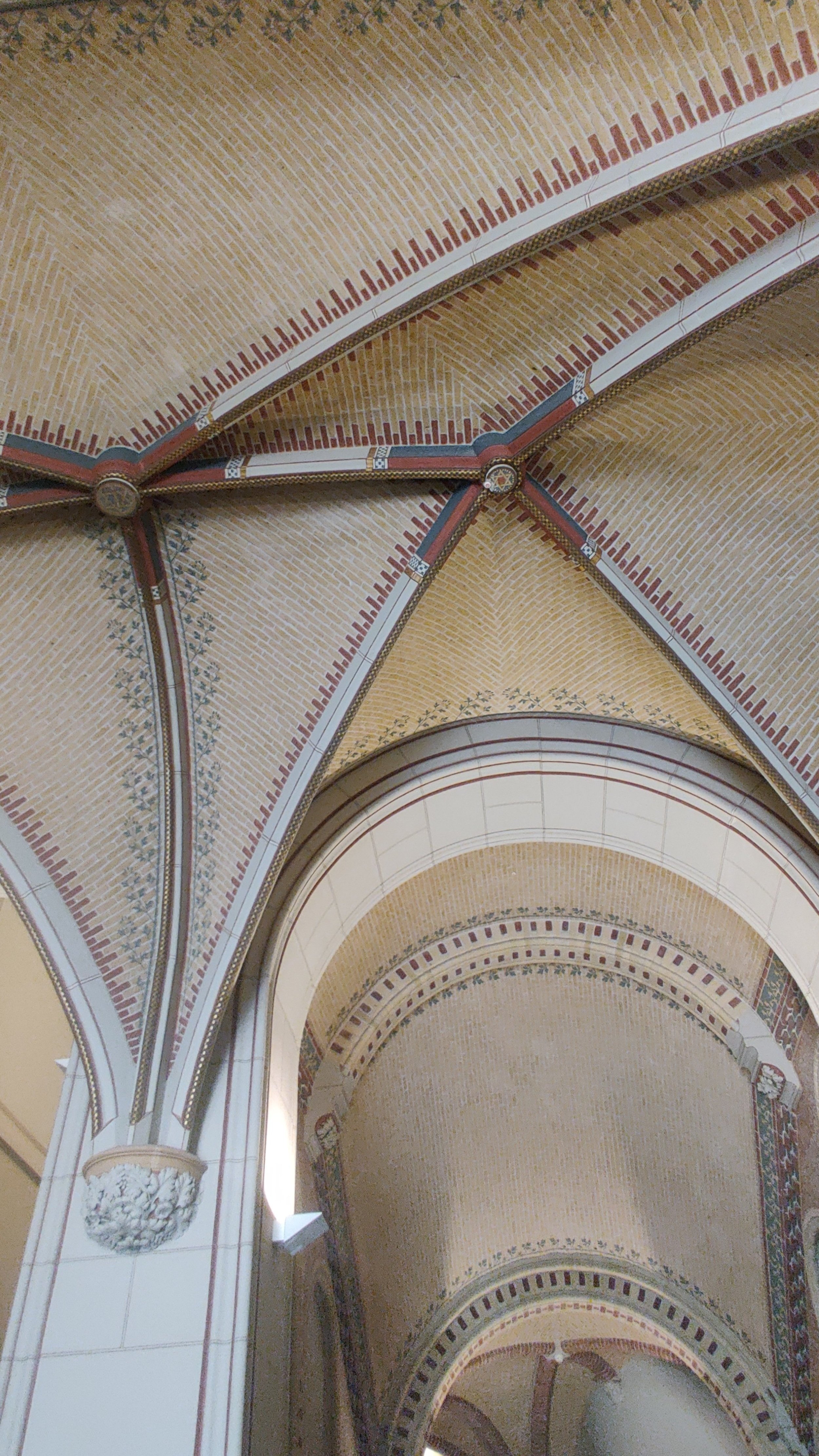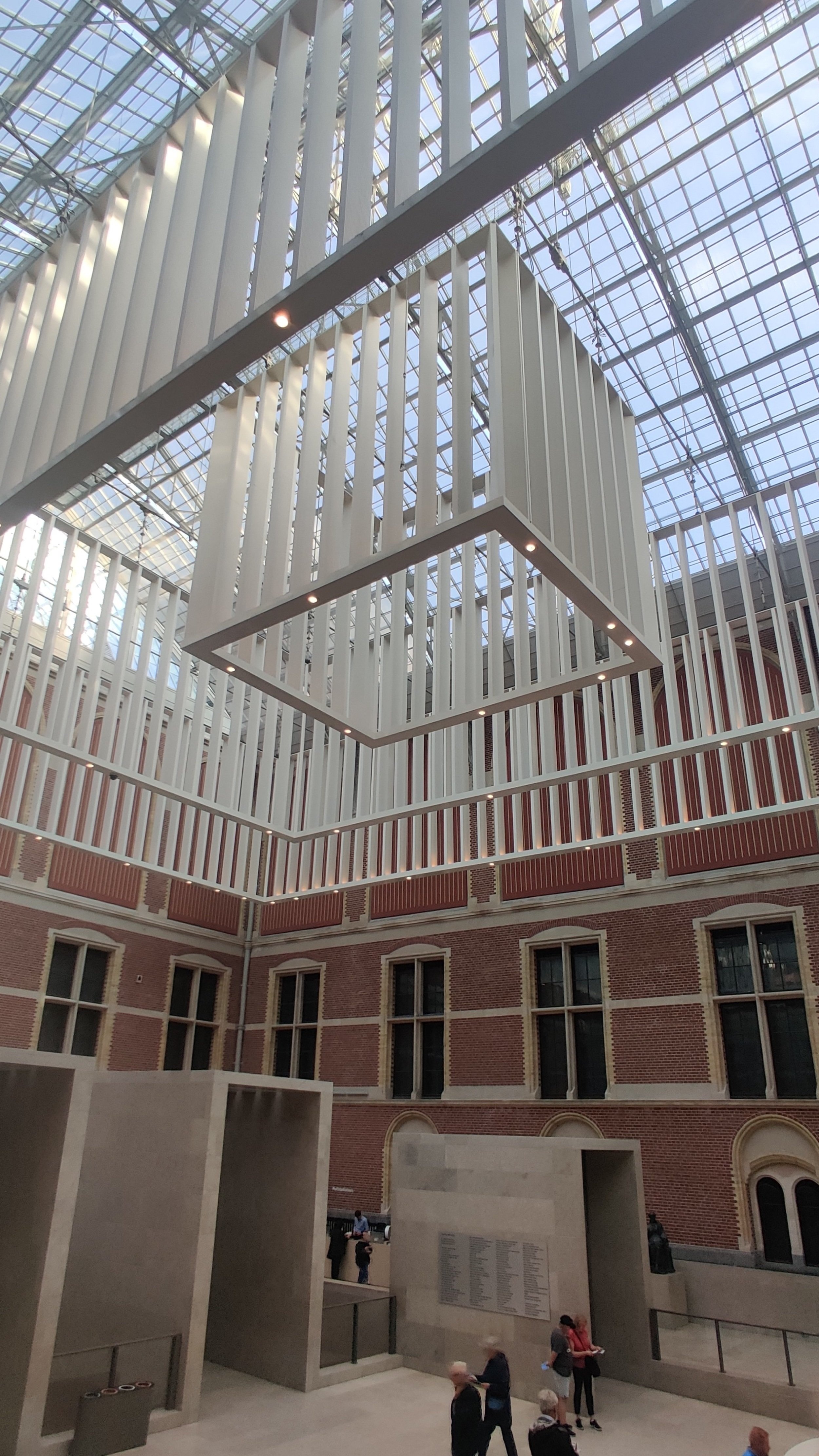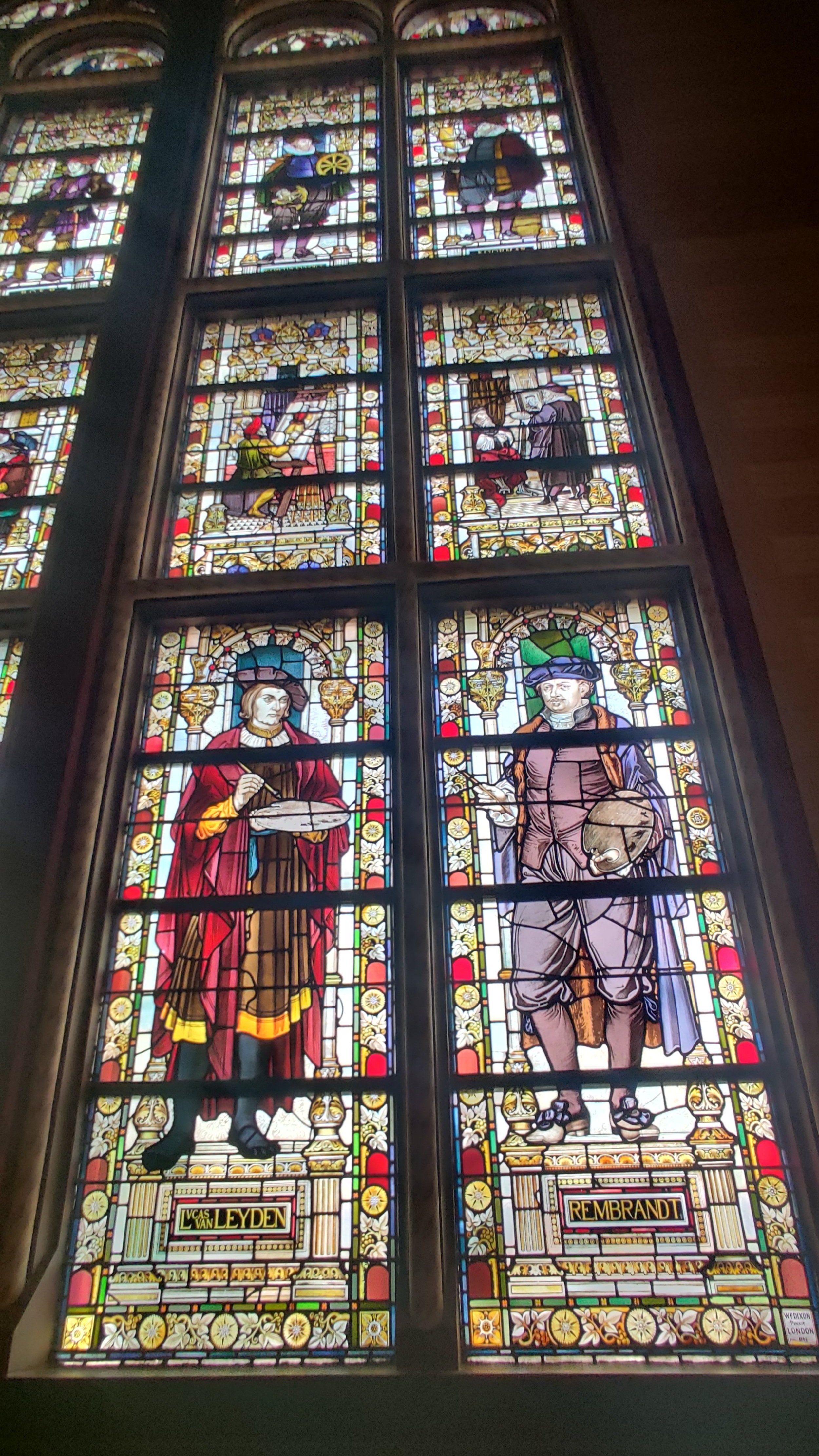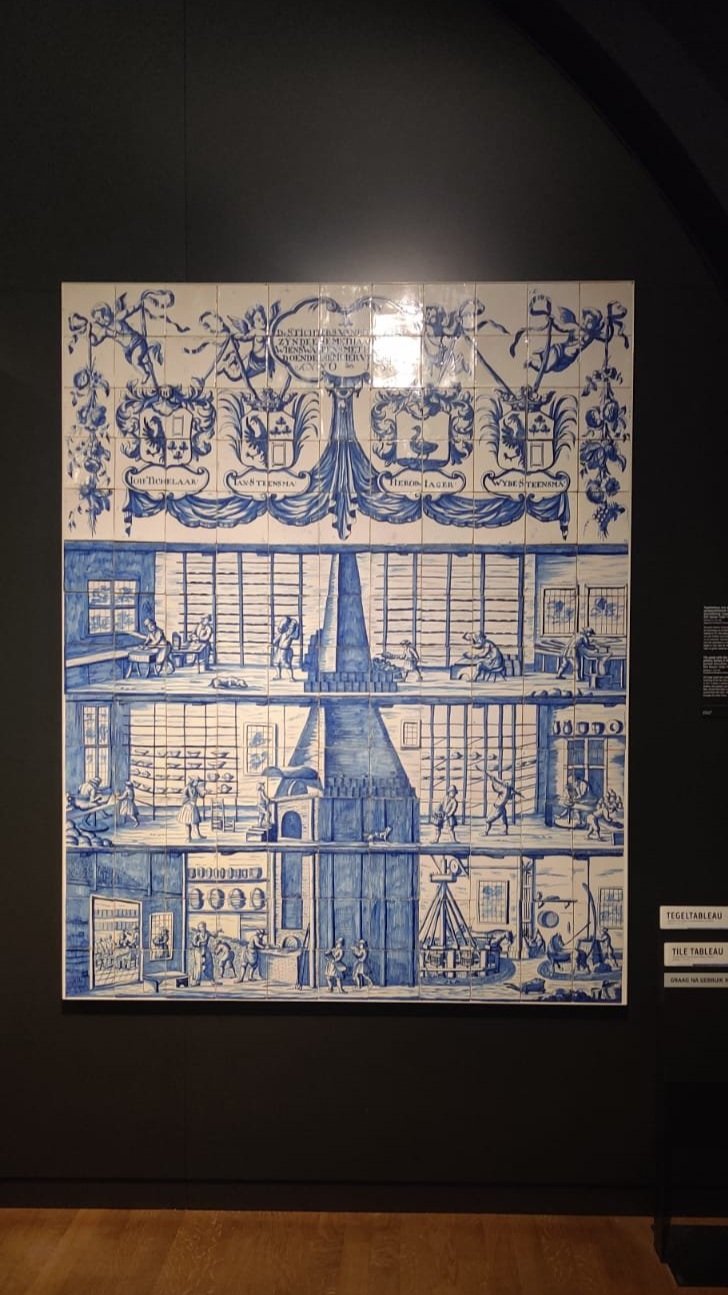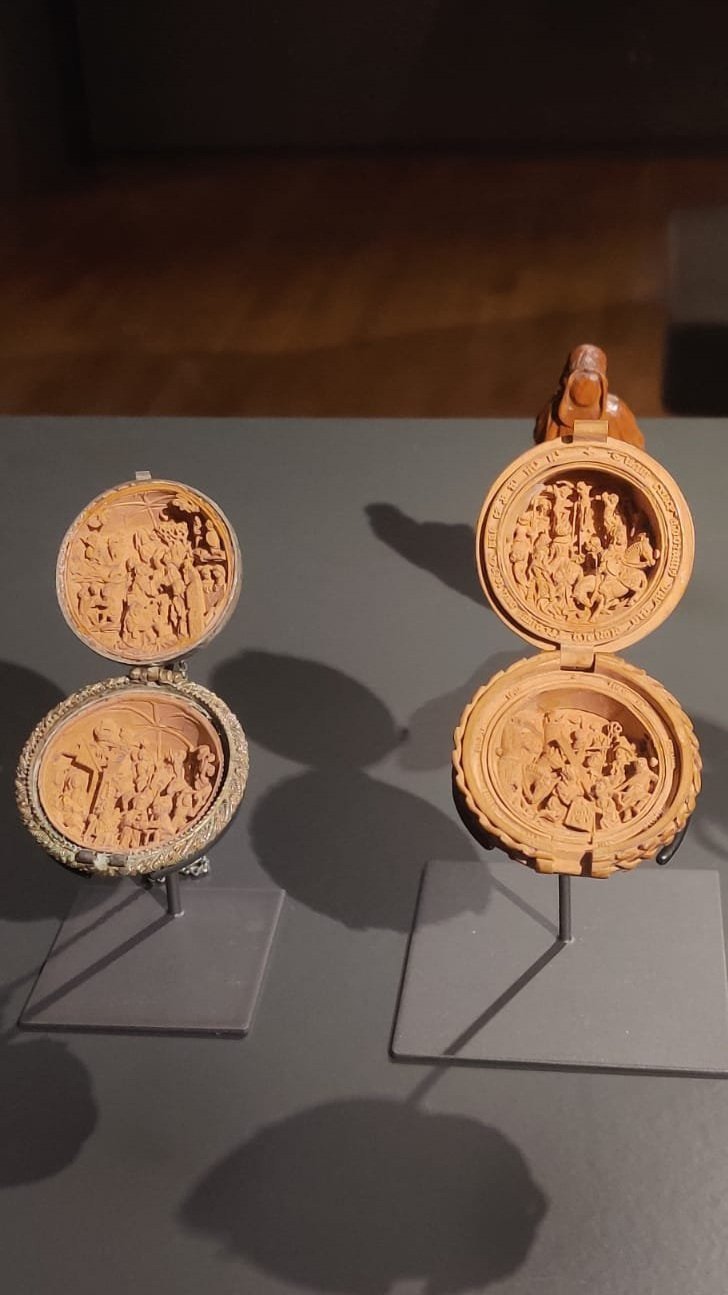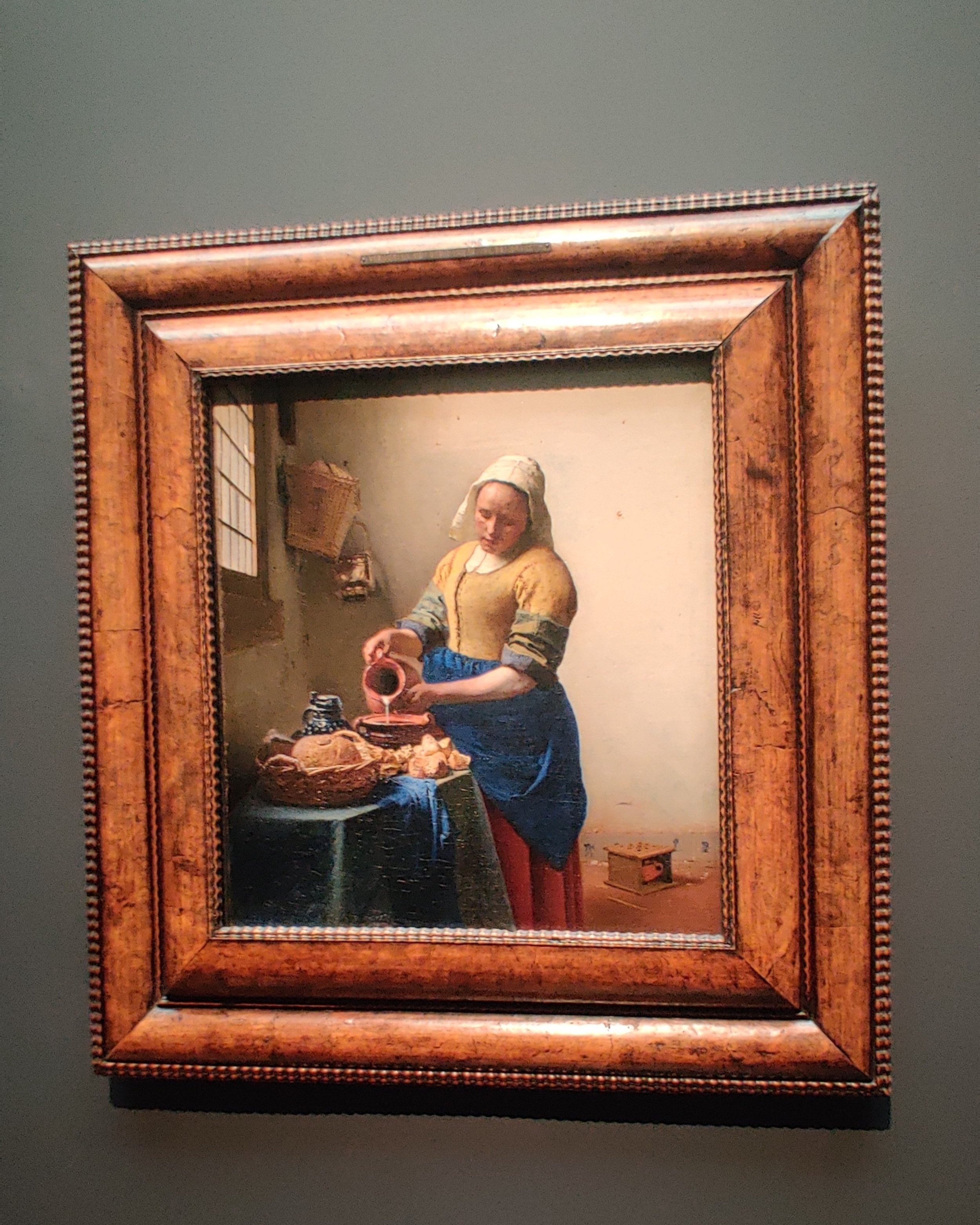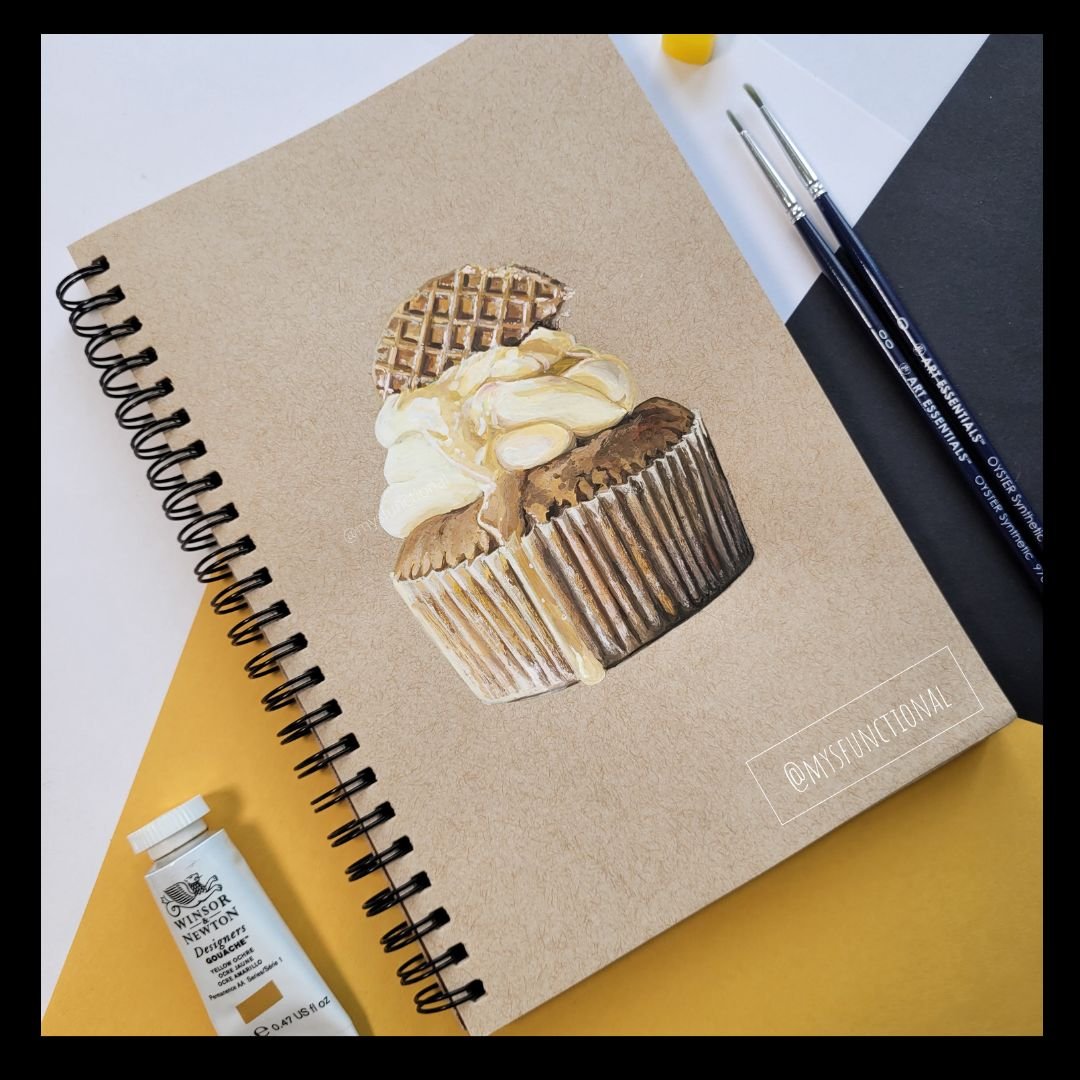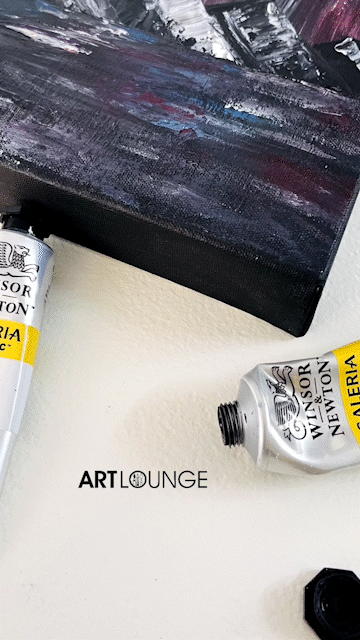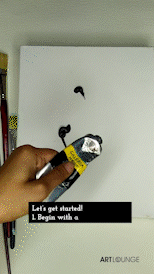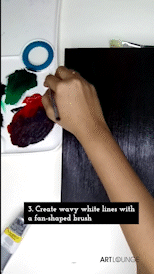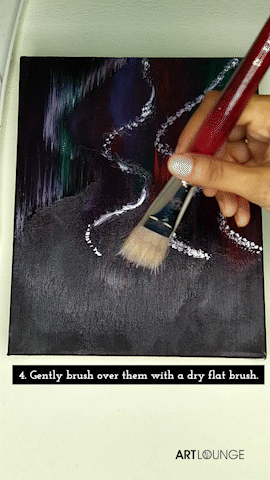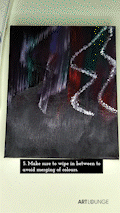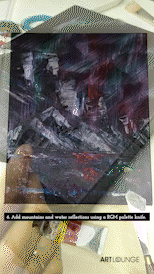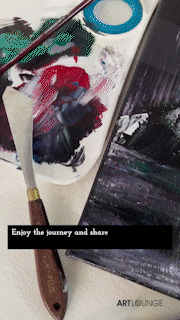Oil painting is a beautiful, timeless medium, but it comes with challenges like slow drying times and thick textures that can be hard to manipulate. That’s where Liquin mediums come in. Developed by Winsor & Newton, Liquin mediums are alkyd-based and designed to speed up drying time, improve flow, and enhance durability. Whether you’re a beginner or a seasoned artist, using the right Liquin medium can transform your painting experience.
What Are Liquin Mediums?
Liquin is a range of fast-drying mediums that modify the working properties of oil paints. Unlike traditional oil-based mediums (like linseed oil or stand oil), Liquin dries faster and forms a strong, flexible film, making it ideal for artists who want to build layers efficiently.
1. Liquin Original – The All-Purpose Medium
Best for: General use, glazing, and layering
• Speeds up drying time to half the normal rate.
• Improves flow and leveling, making brushstrokes smoother.
• Provides a semi-gloss finish.
• Ideal for thin layers and glazing techniques.
This is the most commonly used Liquin medium and is perfect if you want a reliable, multi-purpose medium that enhances fluidity without compromising color vibrancy.
2. Liquin Fine Detail – For Ultra-Smooth Brushwork
Best for: Fine details, precision work, and thin layers
• Thinnest consistency in the Liquin range.
• Helps create smooth, flowing brushstrokes with no visible texture.
• Perfect for fine lines, portrait painting, and detailed work.
• Dries to a non-yellowing satin finish.
If you work with intricate details and need your paint to flow effortlessly, Liquin Fine Detail is the best choice.
3. Liquin Light Gel – For a Softer Touch
Best for: Soft, blended effects and slight impasto
• Soft gel consistency that retains some brushstrokes.
• Enhances transparency and depth, making it great for glazes and soft transitions.
• Speeds up drying time while maintaining a satin finish.
This medium is perfect for artists who love subtle texture but still want quick drying and improved flow.
4. Liquin Impasto – For Thick, Textured Painting
Best for: Heavy brushstrokes, impasto, and texture building
• Thicker gel consistency, ideal for creating body and volume.
• Dries slightly slower than other Liquin mediums, allowing for textural work.
• Dries to a semi-matte finish.
• Great for artists who want depth and bold textures in their work.
If you love expressive, textured painting, Liquin Impasto helps create a dimensional look without cracking.
5. Liquin Oleopasto – For Extreme Textures & Knife Painting
Best for: Palette knife painting and heavy impasto work
• Thickest Liquin medium, retaining peaks and ridges.
• Dries slightly faster than pure oil paint but still allows working time.
• Provides a matte finish with a firm texture.
• Adds transparency while maintaining a strong body.
For artists who work with knife techniques and thick applications, Liquin Oleopasto helps maintain sharp textures while reducing drying time.
How to Use Liquin Mediums in Your Painting
1. Mixing – Start by adding a small amount of Liquin to your oil paint on a palette. A good ratio is 1 part Liquin to 4 parts paint, adjusting based on the consistency you want.
2. Layering – Follow the fat over lean rule, applying thinner Liquin mediums (Fine Detail, Original) in early layers and thicker ones (Impasto, Oleopasto) later.
3. Drying Time – Liquin mediums can dry touch-dry in 24 hours, making it easier to layer without waiting weeks.
4. Cleaning Up – Use mineral spirits or turpentine to clean brushes, as Liquin dries into a strong film that can be difficult to remove once hardened.
Which Liquin Medium Should You Choose?
• If you want a versatile all-rounder → Liquin Original
• If you work with fine details → Liquin Fine Detail
• If you prefer soft blends → Liquin Light Gel
• If you love thick, bold brushstrokes → Liquin Impasto
• If you work with palette knives → Liquin Oleopasto
If you’re looking for a game-changer in oil painting, Liquin is a must-try!
Find the best Liquin medium for your style at Art Lounge and start experimenting with new techniques today!
